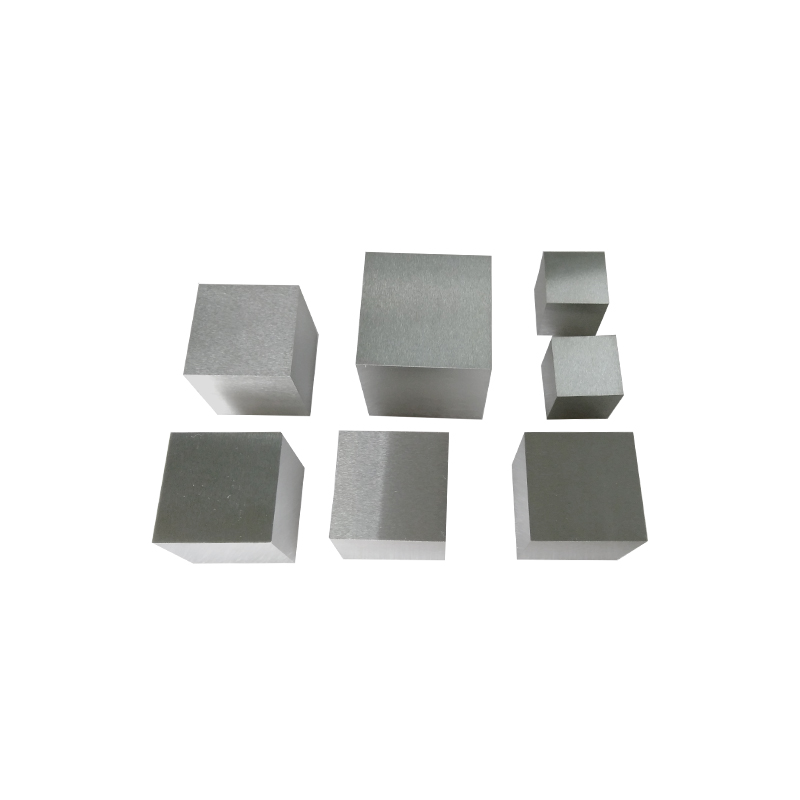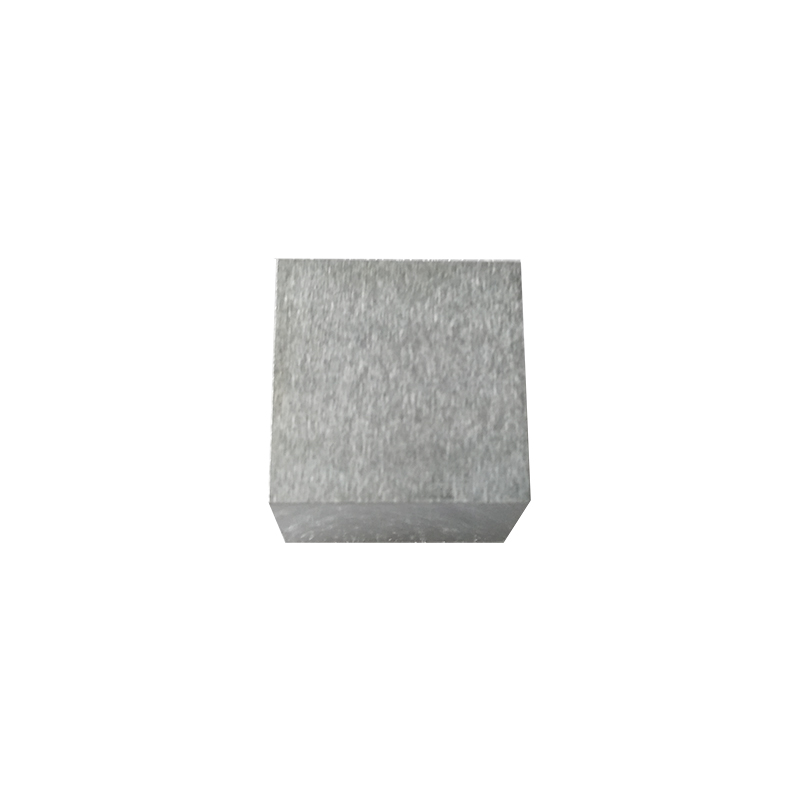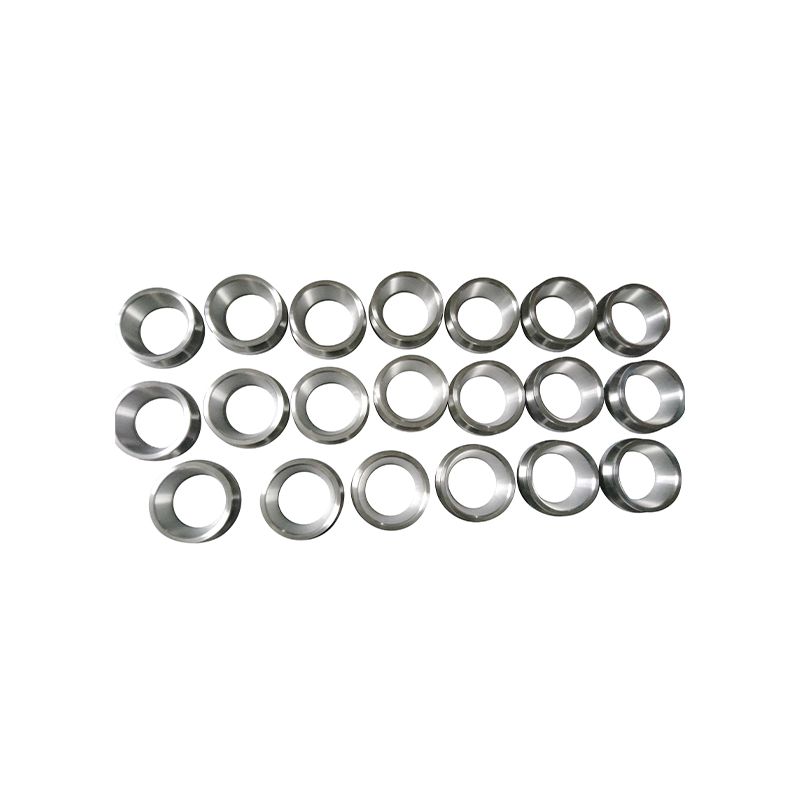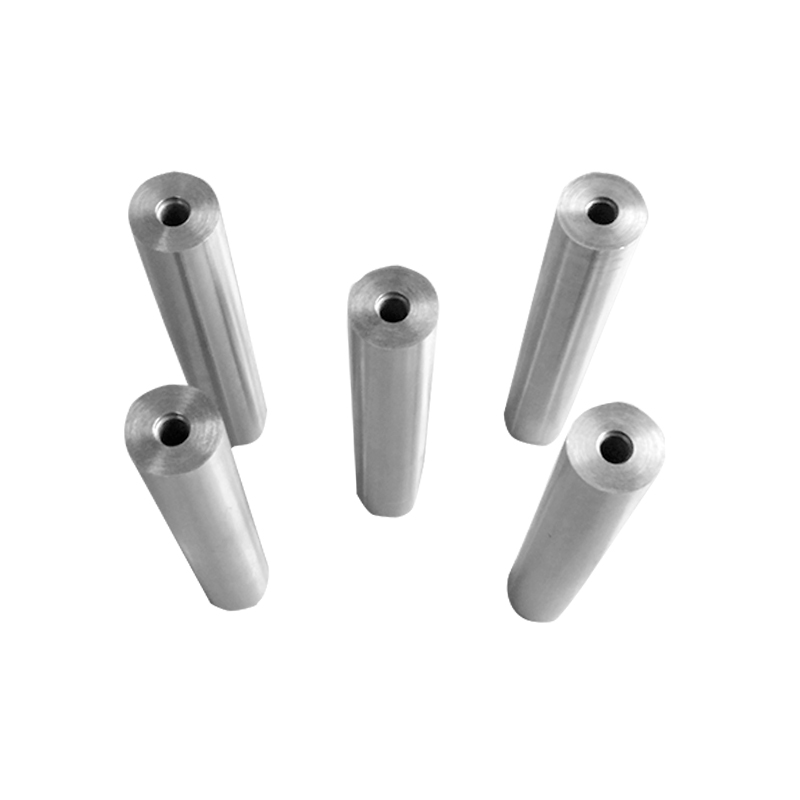In the world of advanced materials, certain alloys stand out for their exceptional properties and unique balance of performance. One such material is the tungsten copper alloy. Known for its remarkable combination of strength, conductivity, and resistance to extreme conditions, this alloy has become an indispensable choice in industries ranging from aerospace to electronics. But what makes tungsten copper alloy so valuable, and why is it increasingly seen as a hidden champion in modern engineering?
What is Tungsten Copper Alloy?
Tungsten copper alloy, often abbreviated as W-Cu, is a composite material that blends the high melting point and density of tungsten with the excellent electrical and thermal conductivity of copper. Unlike conventional alloys that form through complete melting and mixing, tungsten copper is typically produced through powder metallurgy or infiltration processes.
In this method, tungsten powder is pressed and sintered to form a porous skeleton, which is then infiltrated with molten copper. The result is a material that combines the best features of both metals without sacrificing their individual strengths.
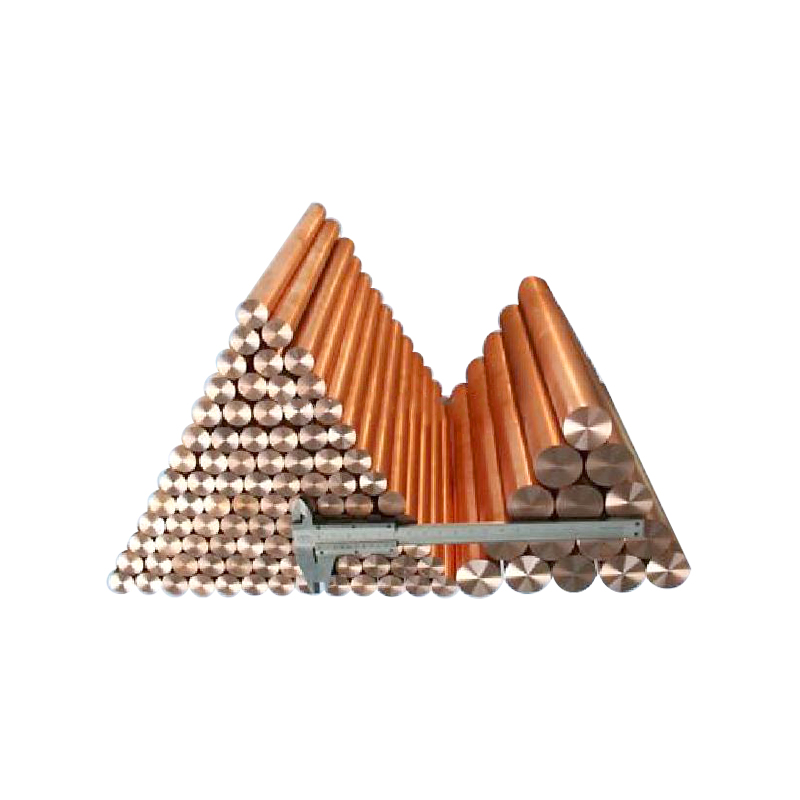
Key Properties of Tungsten Copper Alloy
High Thermal Conductivity
Copper provides outstanding heat transfer capability, allowing tungsten copper components to dissipate heat efficiently even under extreme conditions.
Excellent Electrical Conductivity
The copper phase ensures reliable current flow, making the alloy an ideal choice for electrical contacts and electrodes.
High Density and Strength
Tungsten contributes exceptional density, hardness, and wear resistance, giving the alloy mechanical stability under heavy loads.
Low Thermal Expansion
The unique structure of the alloy minimizes expansion under heat, maintaining dimensional stability in high-temperature environments.
Arc Resistance
The combination of tungsten’s hardness and copper’s conductivity gives the alloy strong resistance to electric arcs and erosion, making it ideal for switching devices.
High Melting Point Stability
Tungsten allows the alloy to withstand extreme temperatures where ordinary metals would fail.
Applications of Tungsten Copper Alloy
The versatile properties of tungsten copper alloy make it suitable for a wide range of industries.
1. Electronics and Electrical Engineering
One of the primary uses of tungsten copper alloy is in electrical contacts and electrodes. Circuit breakers, relays, and switches often require materials that can withstand arcing while maintaining conductivity. Tungsten copper excels here, ensuring both durability and performance.
In semiconductor production, it is used for electrical discharge machining (EDM) electrodes. These electrodes require precision, wear resistance, and excellent thermal management—all provided by tungsten copper.
2. Aerospace and Defense
The aerospace and defense industries demand materials that can survive extreme stress and heat. Tungsten copper alloy finds applications in rocket nozzles, high-temperature components, and radiation shielding. Its high density and strength also make it valuable in kinetic energy penetrators and military-grade components.
3. Thermal Management Systems
Modern electronics, especially high-power devices, generate significant heat. Tungsten copper alloy is widely used in heat sinks, thermal spreaders, and heat management components due to its ability to balance thermal conductivity with mechanical stability.
4. Medical Equipment
In medical technology, tungsten copper is used for radiation shielding and in advanced imaging equipment. Its stability and safety under radiation make it a reliable choice for specialized medical instruments.
5. Industrial Machinery
Cutting, welding, and resistance brazing applications often require electrodes that resist wear and heat. Tungsten copper alloy meets these needs, ensuring long service life and stable performance.
Why is Tungsten Copper Alloy in High Demand?
The increasing reliance on miniaturized, high-performance electronics and extreme-condition machinery has created more demand for materials that can perform multiple roles simultaneously. Tungsten copper alloy stands out because:
It combines mechanical toughness with electrical and thermal performance.
It reduces equipment downtime by offering longer service life.
It is versatile, bridging industries from electronics to aerospace.
It aligns with global trends toward energy-efficient and reliable materials.
Advantages Over Traditional Materials
Traditional copper is excellent for conductivity but fails under extreme heat and wear. Pure tungsten is strong and heat-resistant but lacks good electrical and thermal conductivity. By combining the two, tungsten copper alloy achieves a synergistic balance that no single metal can provide.
This balance makes it especially valuable in industries that demand both extreme durability and efficiency, such as power generation, defense, and precision manufacturing.
Challenges and Considerations
Despite its many advantages, tungsten copper alloy also presents challenges:
High Production Costs
Powder metallurgy and infiltration are complex processes, making tungsten copper more expensive than common metals.
Machining Difficulty
The alloy is hard and dense, requiring specialized tools and techniques for machining.
Limited Availability
As tungsten resources are concentrated in specific regions, supply chain stability is a concern for industries dependent on W-Cu materials.
Weight Factor
Its high density is an advantage in some applications but can be a drawback in industries that prioritize lightweight materials.
Nonetheless, these challenges are often outweighed by the unique performance benefits the alloy provides.
The Future of Tungsten Copper Alloy
With industries advancing toward smaller, faster, and more durable devices, tungsten copper alloy is set to play a bigger role. Some key future trends include:
Next-Generation Electronics: With the rise of 5G, AI, and quantum computing, demand for thermal management materials like tungsten copper will surge.
Green Energy Technologies: Renewable energy systems and electric vehicles will increasingly require high-performance thermal and electrical materials.
Aerospace Expansion: As space exploration accelerates, tungsten copper’s ability to withstand extreme environments will make it essential for spacecraft and satellite components.
Medical Innovations: New applications in radiation therapy and advanced imaging are expected to boost its demand in healthcare.
Conclusion
Tungsten copper alloy is a remarkable engineering material that combines the best of both worlds: tungsten’s density and durability with copper’s conductivity and thermal performance. From high-voltage electrical contacts to aerospace components and medical equipment, it has proven its value across diverse industries.
Though it comes with challenges like high production costs and machining difficulty, its advantages in terms of reliability, performance, and multifunctionality make it irreplaceable in critical applications.






